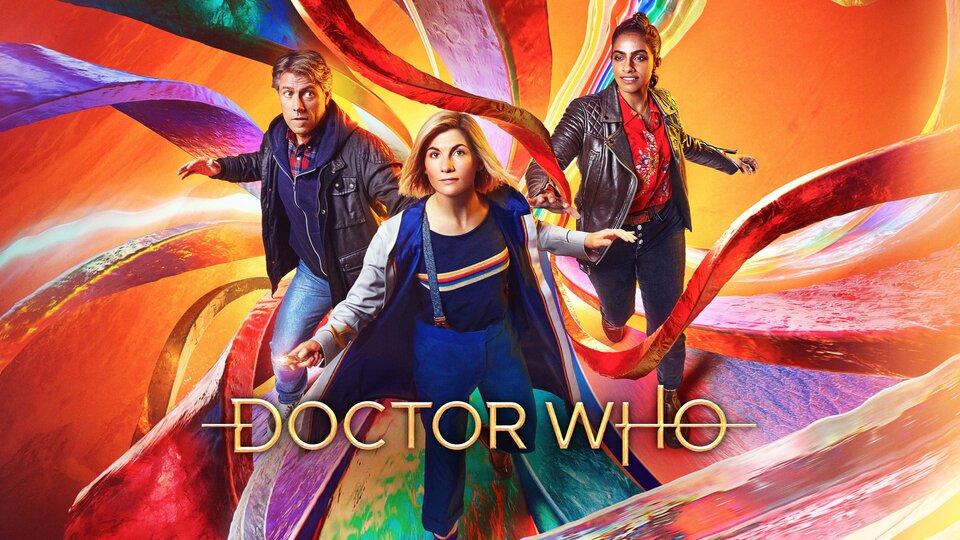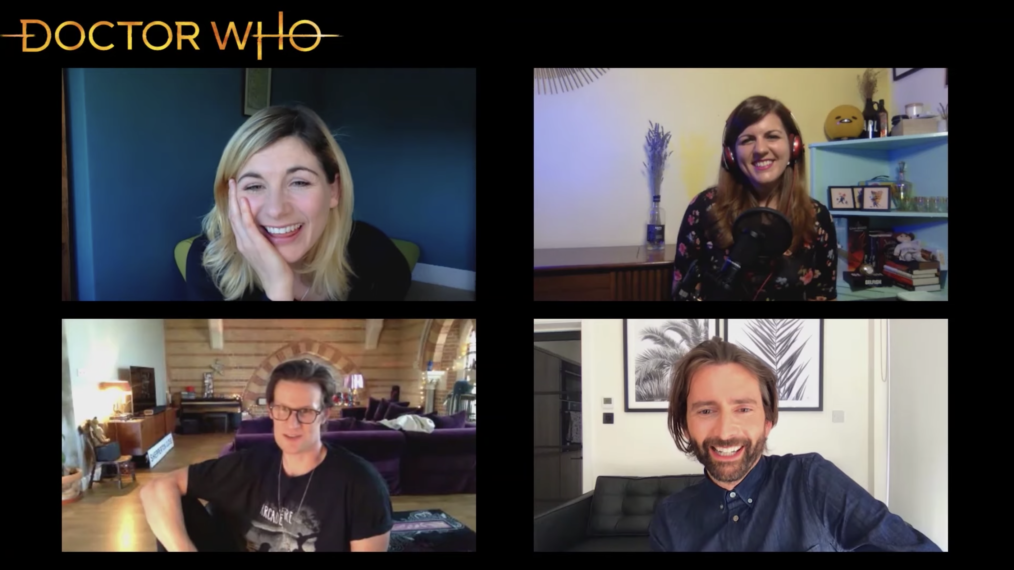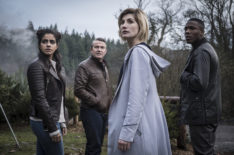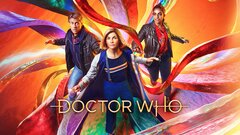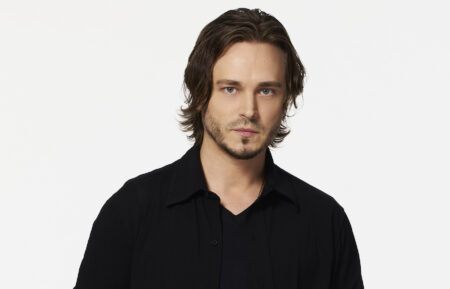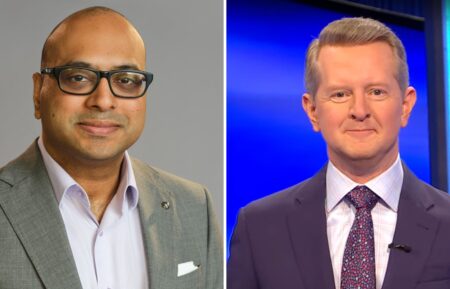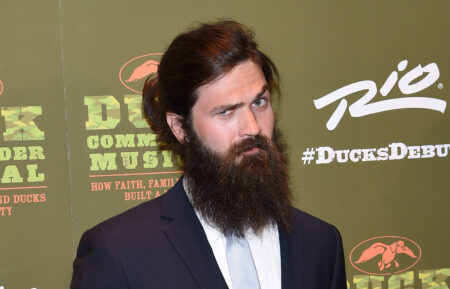‘Doctor Who’s Animated ‘The Faceless Ones’ Is a ‘Spine-Chilling’ ’60s Story
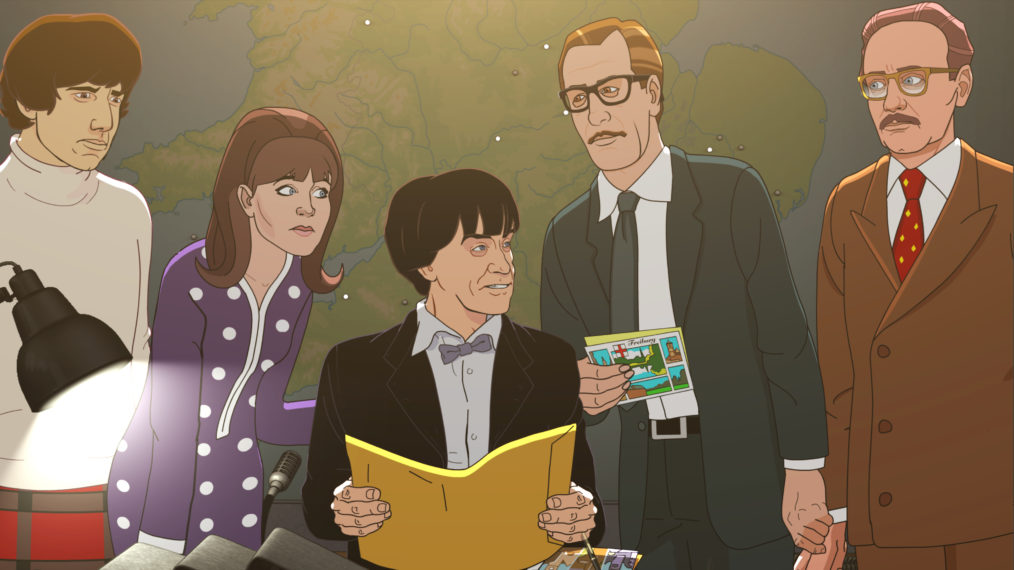
Fall Preview
Ready for some time travel? Watching this six-episode animated take on the classic British sci-fi series’ spring 1967 installment—which was mostly lost save for the audio elements—certainly feels like stepping into another era.
Doctor Who: The Faceless Ones initially aired as a live-action yarn, with the Second Doctor (Patrick Troughton) and his companions battling an identity-snatching alien race known as the Chameleons. “The story captures the zeitgeist of the late 1960s, with the echoes of World War II still ringing and the Cold War very much in the forefront of society’s concerns at the time,” director AnneMarie Walsh notes. “It’s an often overlooked, subtle story, one [that is also] spine-chilling.”
Below, Walsh reveals the hurdles behind animating this serial and bringing it back to the small screen for a two-night event.
What was the most difficult challenge you encountered in this project?
AnnMarie Walsh: There are a number of challenges in creating an animated series of classic Doctor Who. For one, animation is a very different medium compared with live-action, and we play to its strengths to achieve the best way of telling the stories. Working with a low budget and a tight schedule will always require inventiveness, but we are animating to the original soundtracks from the 1960s. The fact that they are mono tracks—with the music, sound effects, and dialogue all in one single track—makes it very difficult to edit. It forces us to reorder our approach: Instead of recording the dialogue [from] the script, creating the music to the storyboards and animatics, and adding the sound effects at the end, we change the order of production and visualize the storyboards with the audio of the original recordings in mind as well as the original script.
Being unable to separate the music and sound effects from the dialogue means we need to be very creative in our storytelling. We need to have something fitting happen for every sound effect, even if it would be easier to have that action timed differently, or to have a line said earlier. We also don’t get any alternative or retakes in the audio, which we normally have.
How does the time period of The Faceless Ones factor in?
The style of TV in the ’60s was much slower than we are accustomed to now, so there are often long pauses where very little happens. I think live-action is more forgiving than animation is. Cutting these empty spaces of dialogue out thoughtlessly would mean the underlying music track would stop and start in a different place jarringly. For this reason, we have to be very careful to try to align the cuts with certain movements in the music and still maintain the momentum we want for a scene. Talented and clever storyboard artists, animators, and our master of sound Mark Ayers deserve the credit for making it possible to work within these restrictions.
Why do you think viewers should tune in to this special?
It’s a wonderful opportunity to see a classic Doctor Who lost series brought to life in a new imagining and medium. Our goal in these new animated series is to be true to the original camera script rather than doing a frame-by-frame remake of the film. Additionally, by using the original soundtracks, editing only where necessary to make it work, we reinforce this connection to the filmed version of the story. We pay tribute to the actors from the original series both in the character design and in capturing the actors’ representation of the characters—the mannerisms and inflections come through in the animators’ portrayals as well as from the recorded dialogue. We endeavor to honor the sensibilities of the original series, but also to bring something new and entertaining to the screens, appealing, hopefully, to Doctor Who fans and new audiences.
Doctor Who: The Faceless Ones, Wednesday and Thursday, October 7-8, 8/7c, BBC America

